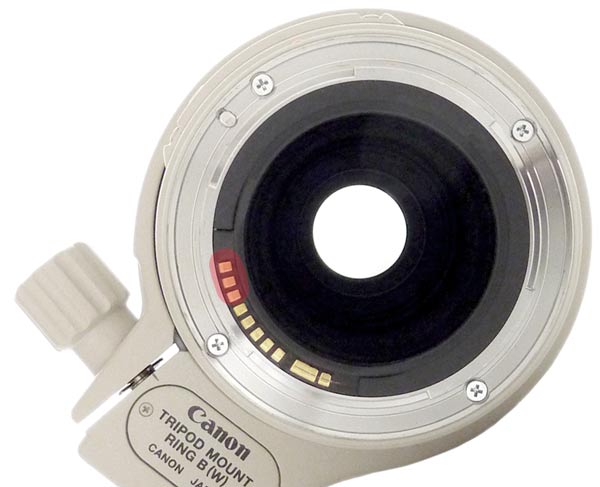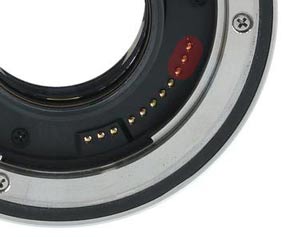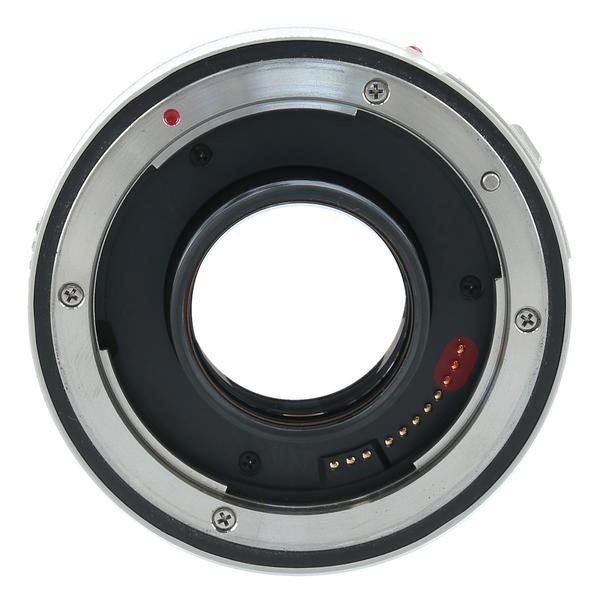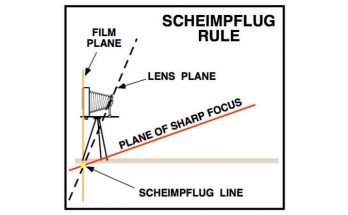Why would you want to do this?
Disabled autofocus with certain lens and teleconverter combinations is a common limitation that many Canon telephoto shooters meet sooner or later. The issue stems from a software limitation in many of Canon’s low and midrange DSLRs that turns off autofocus for lens + TC combinations with maximum aperture of F8 or lower. According to Canon, this is done due to unreliable AF performance at these apertures, although this largely depends on the lighting conditions. This mostly affects older Canon DSLRs, as focusing performance is constantly improved in newer models.
A slightly controversial practice, taping certain teleconverter pins aims to circumvent this limitation and enable Canon extender autofocus at all apertures. This is done by interrupting communication between the lens and the teleconverter. In this way, the camera does not get correct information about the effective aperture of the setup and will attempt autofocus. How successful this will be depends on the lighting conditions, contrast of the subject and other factors.
At the time of writing this, taping pins is only reported to work (somewhat) reliably with the Canon 1.4x teleconverters. The most popular lens that benefits from this is the Canon EF 100-400 f/4-5.6 IS. Many users report very good results with the abovementioned combination and the pin taping method.
What are the drawbacks?
There are certain drawbacks to this method. First, it’s not a manufacturer intended use case, and as such performance cannot be guaranteed and glitches are possible. You might end up missing a shot because of this, so before commiting serious shoots to this do extensive testing. In addition, EXIF distance and aperture data is going to be incorrect, so if this is something you rely on in post production plan accordingly.
Finally, introducing a small piece of adhesive tape in between precise mechanical connections like the EF bayonet always bears the risk of a jam or a bind. Attach the tape securely and steer clear of the metal bayonet components. The clearances there are tight, and if your tape ends up behind one of the locking tabs you might have a hard time detaching the lens. You’re going to have an even worse day if the offending piece of tape ventures further into the camera.
Which pins to tape?
The pins to be taped are on the lens mount of the teleconverter, the side you mount the lens on. The ones you want to isolate are the first three counting clockwise. They can be seen highlited in red in the image below. It is recommended you use a low-residue tape such as gaffer tape, 3M Magic Tape or something similar. Make sure the tape sits flush so that it is not bunched and crimpled once the lens is attached. Refer to the picture of the Canon EF 1.4X II Extender on which the proper pins to be taped are highlighted.
Taping the extender or the lens?
If you are using several lenses with the same teleconverter, you might only have focusing disabled with some of them (i.e. the ones slower than f4). In this case, you might be better off taping the contacts on the lenses that need it, instead of the extender itself. Some users report erratic behaviour with certain lenses with the pins taped, but this seems to be fairly inconsistent. Your best bet is to do your own testing to see where taping is benefitial.

The contacts to be taped on the lens are the last three counting clockwise. They can be seen highlighted in red in the image of a Canon EF 100-400 f/4-5.6 IS lens above. These contacts are not used when the lens is mounted directly on a camera body, as the standard Canon EF camera mount does not have the corresponding pins. Therefore, the tape can be left in place even when not using an extender. If you do go this way, make sure the tape is securely attached. You do not want a piece of adhesive tape floating around your mirror box.
What are the alternatives?
If you need to make autofocus work on an extender combination but don’t want to fuss with taping pins, there is another way to go. You can opt for one of several third-party teleconverters that do not communicate combined aperture with the camera.





